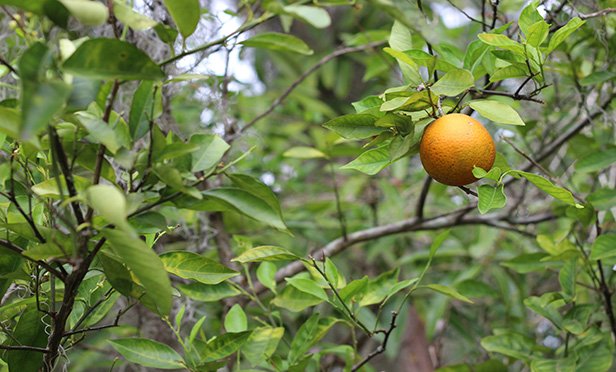
Hurricane Irma devastated 50% to 90% of Florida's citrus fruit — oranges, grapefruits and tangerines — and Florida is facing its lowest citrus forecast in more than 70 years. Shortly after the storm, the state estimated that its citrus industry lost more than $750 million. Lawmakers and the Florida Agriculture Commissioner have stated that the damage estimate may exceed $1 billion, as fruit continued to fall well after the storm passed. In addition to citrus losses, the state estimated that Irma inflicted $180 million in damage to vegetable and non-citrus fruit growers.
Serious questions remain regarding whether Florida citrus can survive without assistance. Much of the conversation is focused on emergency assistance from the government. But the citrus industry and others affected by the storms should not overlook the significant assets that may be found in their insurance portfolios. Companies should consider coverage for the destroyed fruit and for lost business income — both for growers and those whose business relies on the growers.
Related: Will business income insurance cover these 7 losses?
|Potential avenues for recovering property damage
Florida's citrus growers lost millions of dollars' worth of fruit, blown away or laying unusable in the groves. Identifying the proper insurance policy from which to seek coverage will largely depend on whether the fruit had been harvested before the storm. Fruit still on the tree is generally covered under crop insurance policies, referred to as multi-peril crop insurance (MPCI). MPCI generally covers damage due to strong winds, disease, flooding, and insect damage, among other perils. (Growers should also consider MPCI in connection with citrus greening and the lice that carry it.)
Recommended For You
Want to continue reading?
Become a Free PropertyCasualty360 Digital Reader
Your access to unlimited PropertyCasualty360 content isn’t changing.
Once you are an ALM digital member, you’ll receive:
- Breaking insurance news and analysis, on-site and via our newsletters and custom alerts
- Weekly Insurance Speak podcast featuring exclusive interviews with industry leaders
- Educational webcasts, white papers, and ebooks from industry thought leaders
- Critical converage of the employee benefits and financial advisory markets on our other ALM sites, BenefitsPRO and ThinkAdvisor
Already have an account? Sign In Now
© Touchpoint Markets, All Rights Reserved. Request academic re-use from www.copyright.com. All other uses, submit a request to [email protected]. For more inforrmation visit Asset & Logo Licensing.







